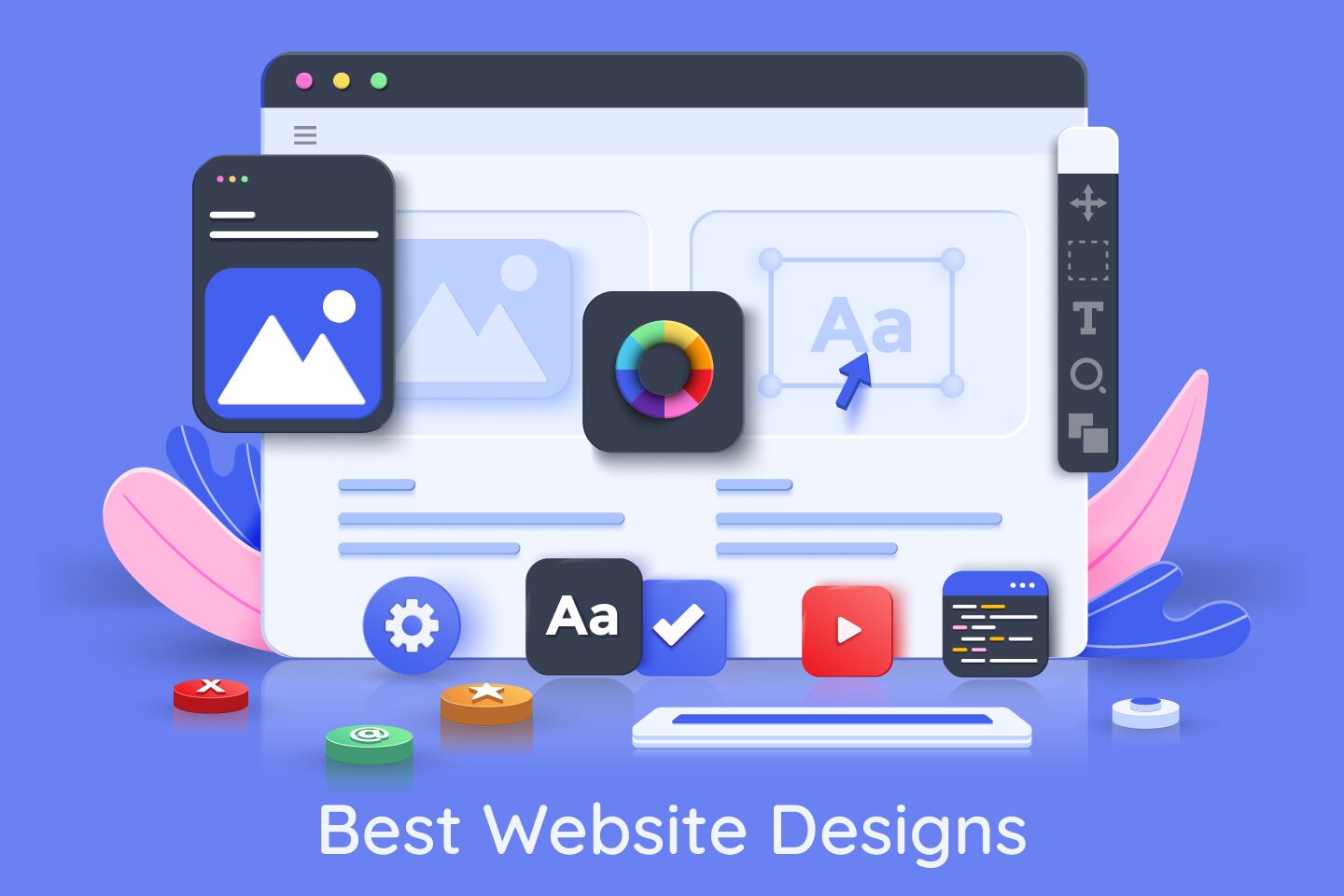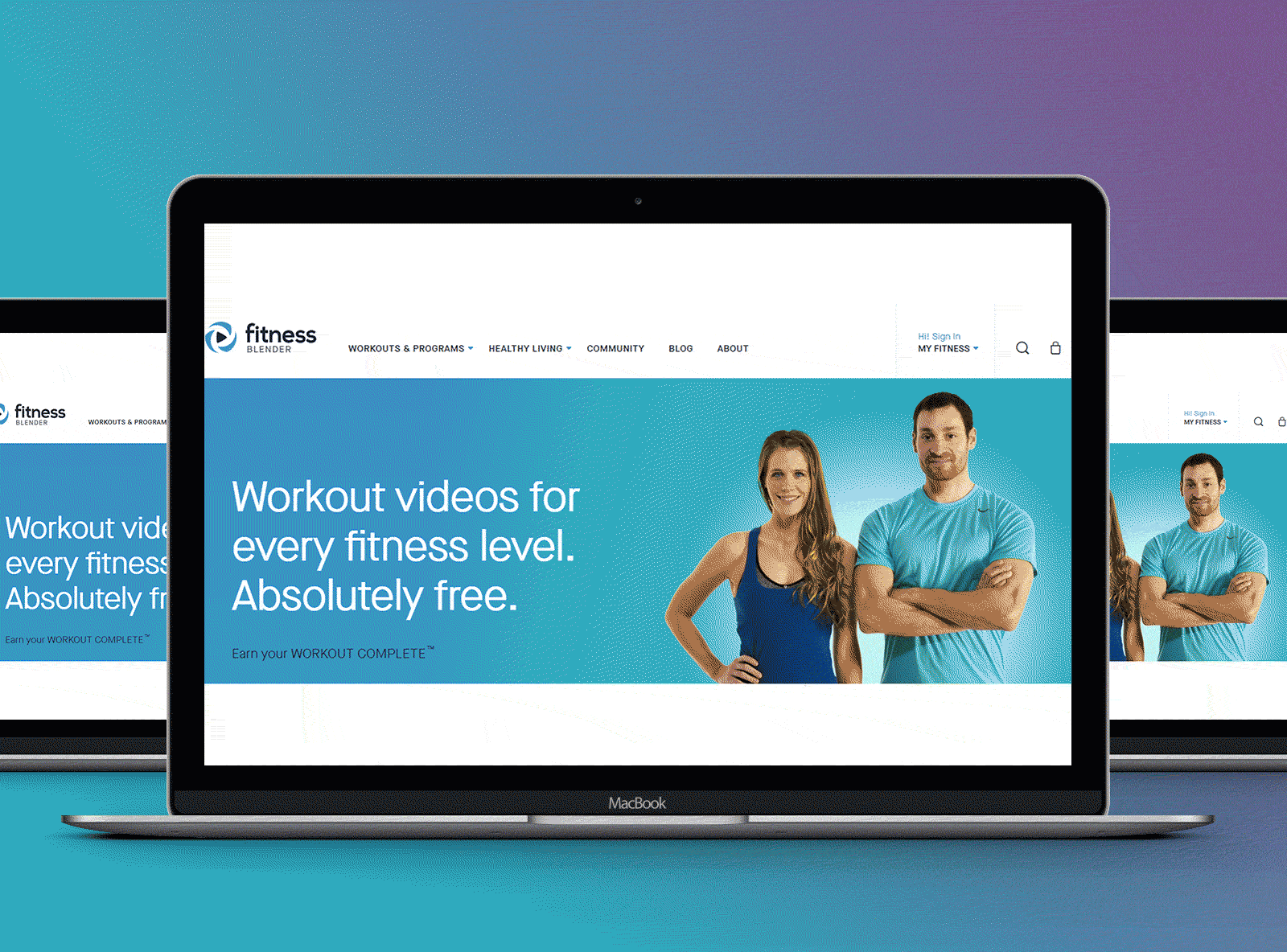Top Trends in Web Site Design: What You Need to Know
Minimalism, dark setting, and mobile-first approaches are among the crucial motifs shaping modern-day style, each offering unique benefits in individual engagement and functionality. Furthermore, the emphasis on availability and inclusivity highlights the significance of creating electronic environments that provide to all individuals.
Minimalist Design Visual Appeals
Over the last few years, minimalist style visual appeals have emerged as a dominant fad in website style, highlighting simplicity and performance. This method focuses on crucial material and gets rid of unneeded aspects, consequently enhancing customer experience. By concentrating on clean lines, enough white room, and a minimal shade scheme, minimalist styles promote easier navigation and quicker lots times, which are critical in retaining users' attention.
The performance of minimalist layout depends on its ability to communicate messages plainly and directly. This quality fosters an instinctive user interface, allowing users to achieve their objectives with marginal disturbance. Typography plays a significant role in minimalist style, as the choice of typeface can stimulate certain feelings and assist the user's trip through the material. In addition, the strategic usage of visuals, such as premium pictures or subtle animations, can boost user engagement without frustrating the general aesthetic.
As digital areas remain to evolve, the minimal style principle continues to be appropriate, accommodating a varied audience. Businesses embracing this trend are usually viewed as modern and user-centric, which can substantially affect brand name understanding in an increasingly open market. Ultimately, minimalist layout appearances provide an effective service for reliable and appealing website experiences.
Dark Setting Popularity
Welcoming a growing pattern amongst users, dark setting has obtained considerable appeal in website design and application interfaces. This layout method features a mostly dark shade scheme, which not only improves visual appeal however additionally reduces eye stress, particularly in low-light environments. Users significantly value the comfort that dark mode supplies, leading to longer engagement times and a more delightful surfing experience.
The adoption of dark mode is likewise driven by its regarded advantages for battery life on OLED displays, where dark pixels consume less power. This useful advantage, incorporated with the stylish, modern look that dark motifs provide, has actually led numerous developers to incorporate dark mode alternatives right into their projects.
Additionally, dark setting can create a sense of depth and focus, drawing interest to crucial elements of an internet site or application. web design company singapore. As a result, brands leveraging dark mode can boost customer interaction and produce an unique identification in a crowded marketplace. With the pattern proceeding to rise, incorporating dark mode into website design is ending up being not just a preference however a standard expectation among users, making it vital for designers and designers alike to consider this element in their jobs
Interactive and Immersive Components
Regularly, developers are integrating interactive and immersive elements right into internet sites to improve individual engagement and create remarkable experiences. This pattern responds to the increasing assumption from individuals for more dynamic and personalized interactions. By leveraging features such as computer animations, videos, and 3D graphics, websites can draw customers in, promoting a deeper link with the web content.
Interactive elements, such as tests, surveys, and gamified experiences, motivate site visitors to actively take part instead of passively take in info. This engagement not only maintains individuals on the website click here now longer but likewise enhances the chance of conversions. Furthermore, immersive technologies like digital truth (VIRTUAL REALITY) and enhanced fact (AR) provide unique possibilities for companies to display product or services in an extra compelling manner.
The unification of micro-interactions-- small, refined animations that react to individual actions-- additionally plays a critical function in improving usability. These communications offer feedback, boost navigation, and create a sense of contentment upon completion of tasks. As the digital landscape proceeds to evolve, using interactive and immersive components will certainly stay a substantial focus for designers intending to develop engaging and efficient online experiences.
Mobile-First Approach
As the occurrence of smart phones remains to rise, embracing a mobile-first approach has become vital for web designers aiming to optimize user experience. This strategy emphasizes designing for mobile devices prior to scaling approximately bigger displays, making certain that the core capability and material are easily accessible on the most frequently utilized system.
One of the main advantages of a mobile-first method is improved performance. By focusing on mobile style, web sites are structured, minimizing tons times and improving navigation. This is especially vital as users anticipate fast and receptive experiences on their smart devices and tablet computers.

Ease Of Access and Inclusivity
In today's electronic landscape, guaranteeing that websites come and inclusive is not just a finest practice but a fundamental need for reaching a varied target market. As the net remains to work as a key methods of communication and business, it is vital to acknowledge the different demands of customers, including those with handicaps.
To attain true ease of access, web designers need to adhere to established standards, such as the Web Content Availability Guidelines (WCAG) These guidelines stress the significance of giving text choices for non-text web content, guaranteeing keyboard navigability, and maintaining a logical web content framework. Comprehensive style techniques extend beyond conformity; they include creating an individual experience that suits various capabilities and choices.
Including functions such as check out this site flexible text dimensions, shade contrast choices, and display viewers compatibility not just improves use for people with disabilities yet additionally improves the experience for all users. Eventually, focusing on ease of access and inclusivity fosters an extra equitable electronic atmosphere, encouraging broader participation and involvement. As services significantly identify the ethical and financial imperatives of inclusivity, incorporating these concepts into website design will certainly come to be an essential facet of successful online strategies.
Conclusion
